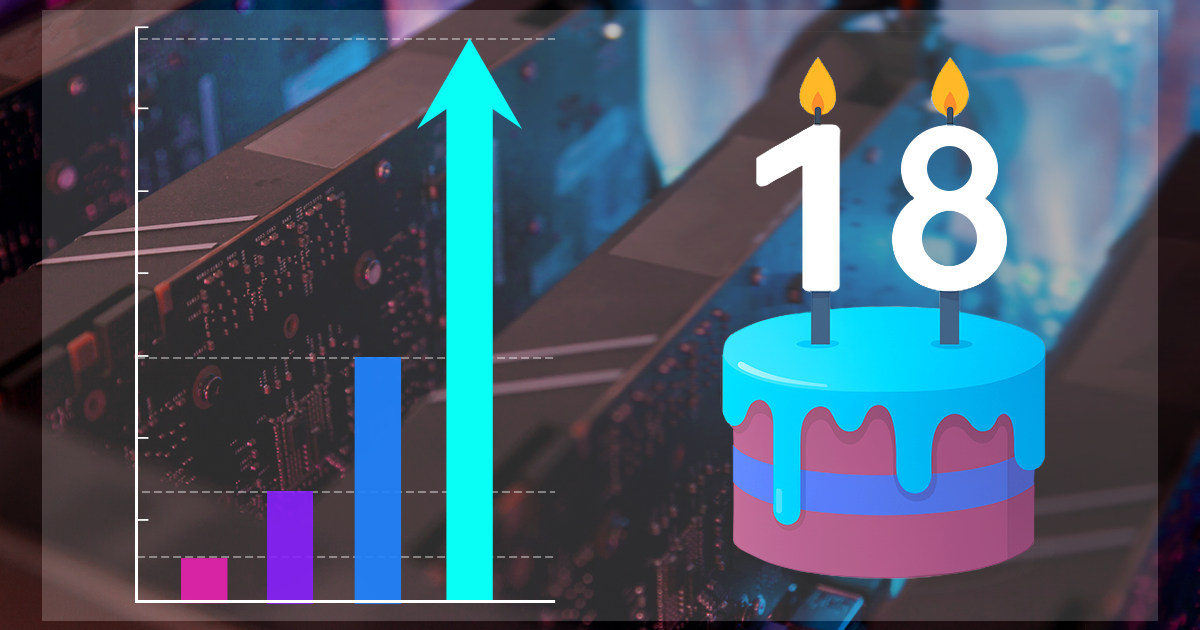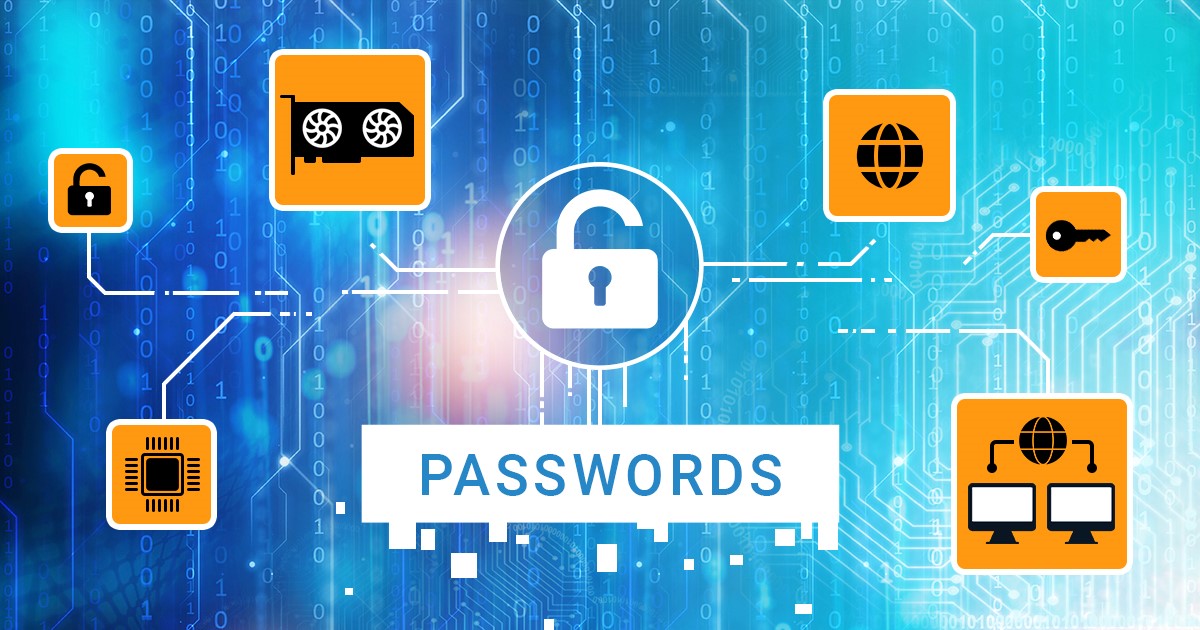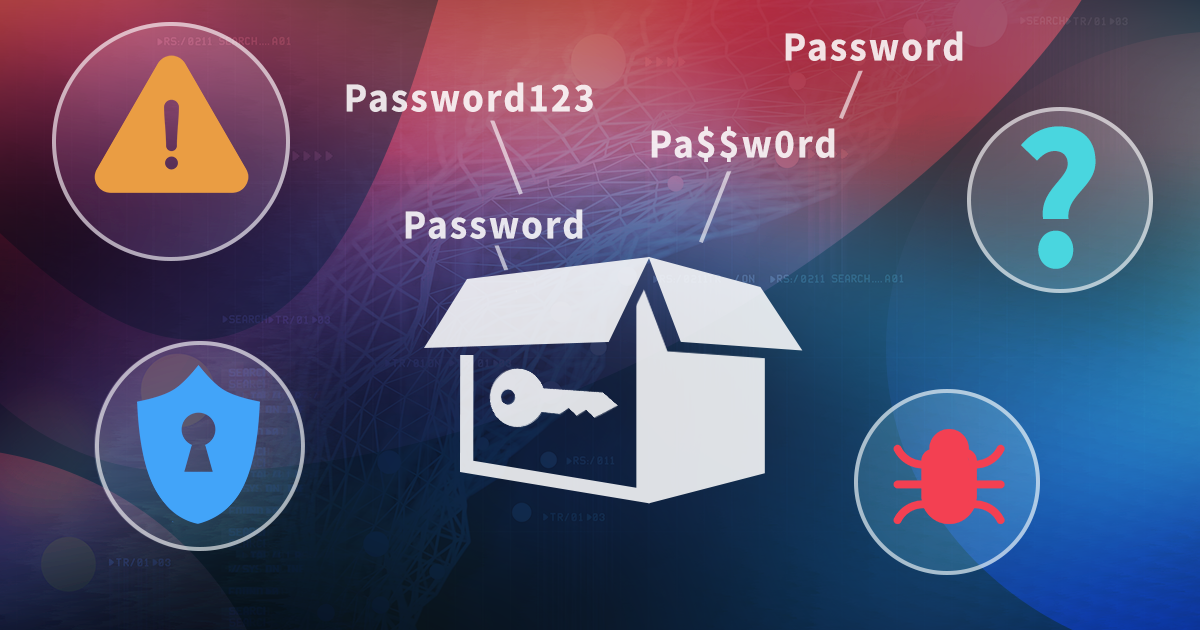As we outlined in the previous article (Effective Disk Imaging: Ports, Hubs, and Power), it’s better to connect external USB-C devices (such as adapters and especially write-blockers) to a USB-C port that complies with at least the USB 3.2 Gen2 specs (10 Gbit/s). But what if your computer only has USB-A ports, or only a USB-A port is free? Obviously, you’ll need a USB-C to USB-A cable – but you’ll need to choose the right one very carefully, and that’s not the only thing that matters.
At first glance, imaging a high-speed SSD seems a lot faster than dealing with a slower one. However, fast storage devices introduce a range of issues that are not typically encountered with slower SATA drives. Here are just a few:
In the field of digital forensics, properly handling the task of disk imaging is crucial for preserving data integrity. Using write blockers ensures that no data is altered during the imaging process, a key requirement for maintaining the chain of custody. While there are many factors influencing the efficiency and speed of this process, this article offers advanced tips and considerations that can help achieve optimal performance.


